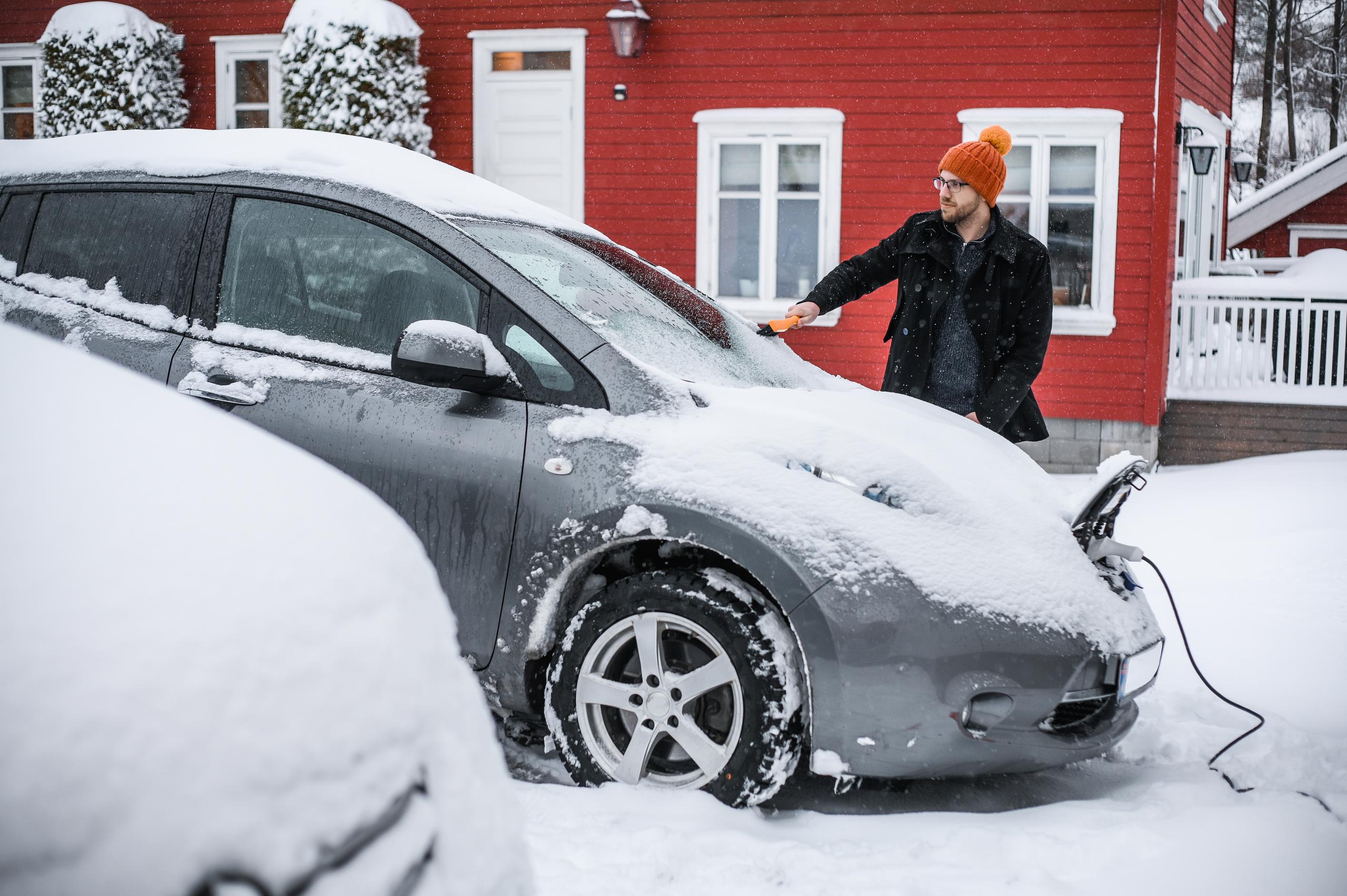The bitter cold of a Minnesota winter poses unique challenges for motorists, and those who have embraced electric vehicles often find themselves wondering how well these eco-friendly cars fare in the frigid conditions. In this comprehensive guide, we’ll delve into the world of “Electric Cars in Minnesota Winter,” exploring the intricacies, benefits, and essential tips for ensuring a smooth and efficient electric drive during the frosty months.
Introduction: Embracing Green Driving in the Winter Wonderland
As the snow blankets the picturesque landscapes of Minnesota, electric vehicle enthusiasts embark on a unique journey of navigating winter roads while contributing to a greener environment. In this article, we’ll uncover the dynamics of “Electric Cars in Minnesota Winter” and address the concerns and misconceptions surrounding the performance of electric vehicles in extreme cold.
Read too: Unlock Savings with San Joaquin Electric Car Rebate – A Green Drive Towards Affordability
Tackling the Cold Front: Electric Cars in Minnesota Winter
Understanding Cold Weather Effects
Minnesota’s winter is notorious for sub-zero temperatures, icy roads, and heavy snowfall. Electric cars, like their traditional counterparts, are affected by the cold weather. However, the impact is not as drastic as some might assume. Modern electric vehicles are designed with advanced battery management systems that help mitigate the effects of extreme temperatures on battery performance.
Range Anxiety in the Cold
One of the primary concerns for electric car owners during winter is the potential decrease in driving range. Cold weather can indeed affect the efficiency of the battery, leading to a reduction in range. However, this reduction is generally within a manageable range, and there are strategies to optimize your electric car’s performance in colder temperatures.
Optimizing Electric Cars for Minnesota Winter: Tips and Tricks
Preconditioning for Efficiency
Most electric vehicles come equipped with a pre-conditioning feature that allows you to warm up the cabin while the car is still plugged in. This not only ensures a comfortable interior when you enter the vehicle but also helps in optimizing the battery temperature for better efficiency. Preconditioning can be scheduled through the car’s app or manually initiated before your drive.
Tire Maintenance for Traction
In winter conditions, proper tire maintenance is crucial for both electric and traditional vehicles. Electric cars, with their instant torque, benefit greatly from good traction. Ensuring that your tires are properly inflated and have sufficient tread depth improves traction on snow and ice, enhancing your electric car’s performance in Minnesota’s winter wonderland.
The Advantages of Electric Cars in Minnesota Winter
Instant Heating Benefits
While extreme cold can impact the efficiency of the battery, electric cars have a unique advantage in terms of cabin heating. Unlike traditional vehicles that rely on engine heat, electric cars can utilize electric resistance heating, providing almost instant warmth to the interior. This can be a significant comfort factor in the biting cold of a Minnesota winter.
Regenerative Braking in Winter Conditions
Electric cars often feature regenerative braking systems that capture and convert kinetic energy back into the battery. In winter conditions, regenerative braking can be especially beneficial. As you decelerate, the regenerative braking system helps slow down the vehicle while simultaneously charging the battery, contributing to overall efficiency.
Conclusion: Embrace the Chill, Drive Green
In conclusion, “Electric Cars in Minnesota Winter” are not only feasible but also come with unique advantages that can enhance your winter driving experience. With proper planning, maintenance, and understanding of your electric vehicle’s capabilities, you can confidently navigate the winter roads while minimizing the impact on range and performance. As Minnesota transforms into a winter wonderland, electric car owners have the opportunity to showcase the resilience and efficiency of sustainable transportation.
